In case you weren't able to guess where we found this previous desert tortoise at the end of the post, it was in the Kelso Dunes.
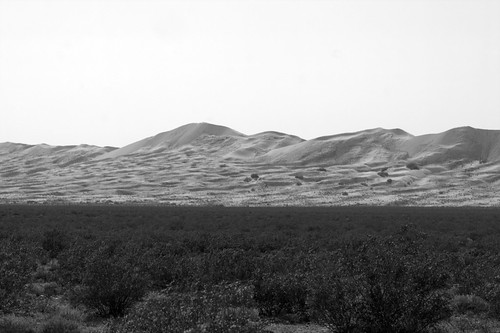
Speaking of the Kelso Dunes, Randomtruth, reminded me of this video from the BBC's "Life in the Undergrowth," that was filmed in our dunes. Welcome to our playground Sir Attenborough. The video tells the fascinating life history of the blister beetle, Meloe franciscanus, which can be seen running around frantically all over the dunes and on the road into them.
Now back to the pictures and our story of the dunes.
Uma are a species of lizard known by the common moniker, fringe-toed lizard. They are endemic to a few isolated dunes in the deserts of the American Southwest and Baja California. The Mojave species is Uma scoparia. These guys are quite easy to see running around the dunes, but unless you are looking hard you usually only see a tail in the air as they speed away from you. Early in the day before they have had a chance to warm all the way up they move a little slower and are easier to sneak up on and photograph.
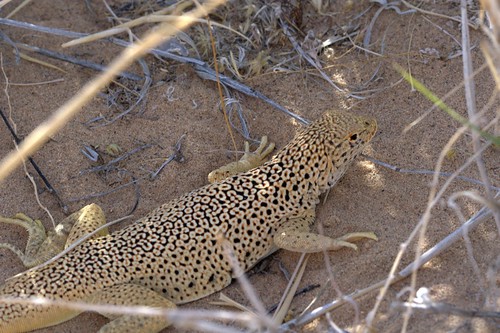
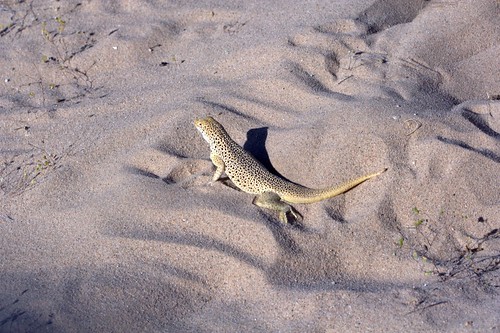
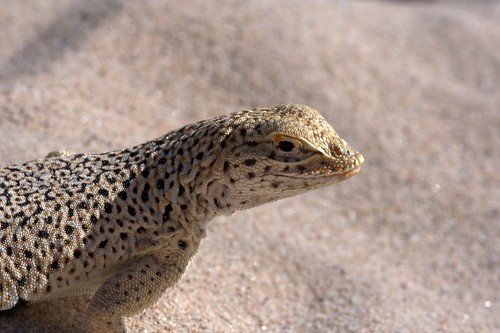
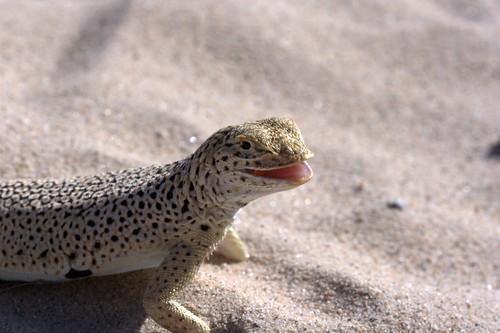

While pictures are nice you have to see these guys move to really appreciate them. Here is a short video of a fringe-toed lizard in a PBS Nature special on Death Valley.
Here are a couple of close-ups to show the adaptations that make them swim through the sand.
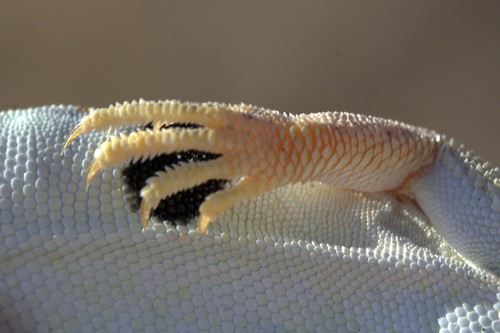 |
| The fringe-toes that give Umas their common name. A little out of focus, sorry. |
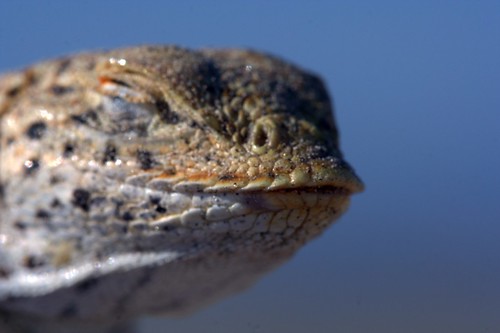 |
| A snout made for diving into the sand |
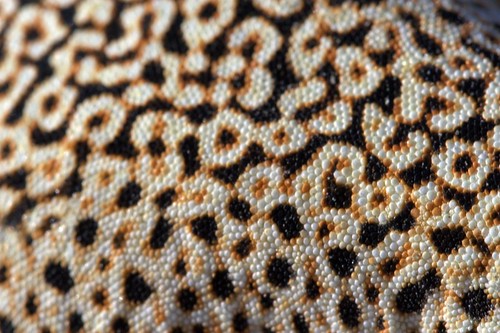 |
| Pretty patterns don't really help them swim in sand but are nice to look at anyways |
John and I spent well over an hour with the sun radiating off of the white sands tracking a sidewinder. Most every night the wind blows and erases the day's tracks giving a fresh slate every morning. This allows for excellent tracking. We followed its tracks losing them and refinding them, losing and refinding, over and over again for hundreds of meters. The rest of the group would wander over to check our progress get bored and move on. Come back a bit later to see if the crazy men had found their prize and move along again. Unlike in years past we had to give up, out of water, hotter than hell and embarrassed at our defeat.
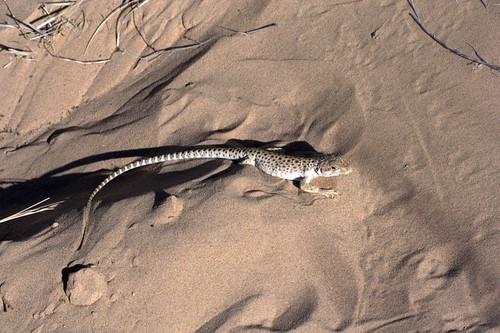 |
| Long-nosed leopard lizard, Gambelia wislizenii |
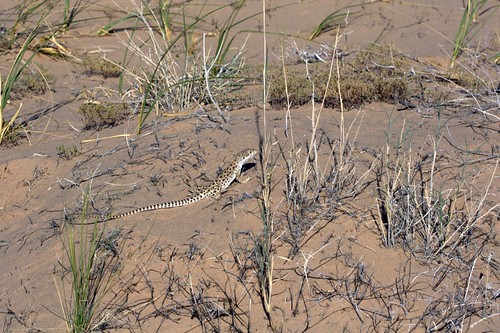 |
| Long-nosed leopard Lizard, Gambelia wislizenii |
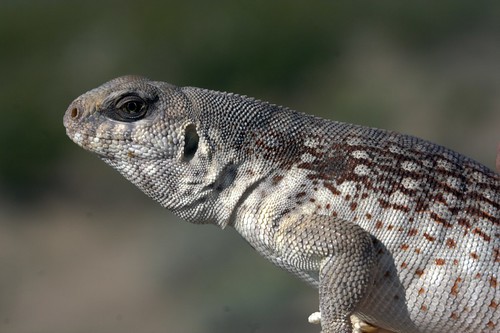 |
| Desert Iguana, Dipsosaurus dorsalis |
Along the way we found many a coyote track, lizard and snake tracks, rodent tracks and a veritable kit fox highway.
It is quite fun to look at all the tracks and imagine all these creatures plying their way through the dunes overnight and early morning. I just love the idea of trotting Canidae out on the prowl before it gets hot, prancing among the dune evening primrose.
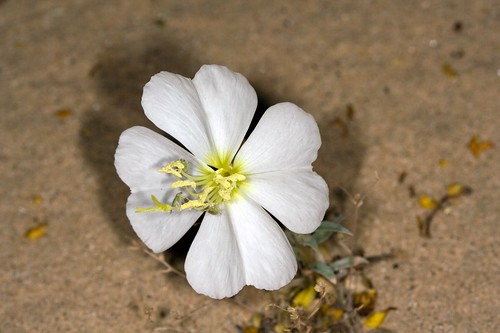 |
| Oenothera deltoides |
Despite being shook by the Crotalus cerastes, all was not lost. We ended up find nine of them on the road during our two-hour or so night drive. I am not sure I would have put in all that time tracking if I had known our best cerastes night ever lay ahead of us, but I do really get enjoyment out of tracking in the sand.
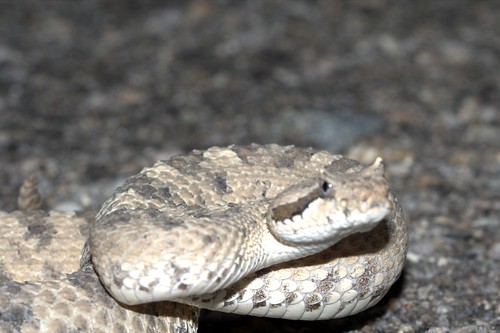
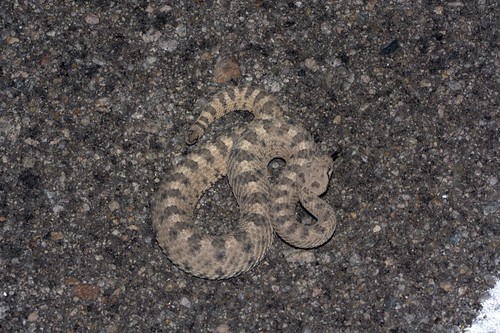
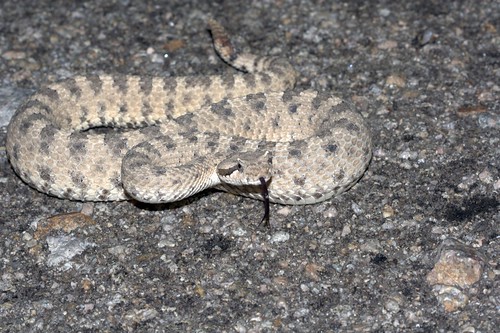
I will leave you with one campfire lunch picture from the day.
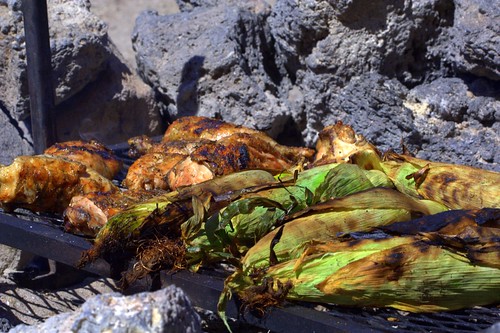

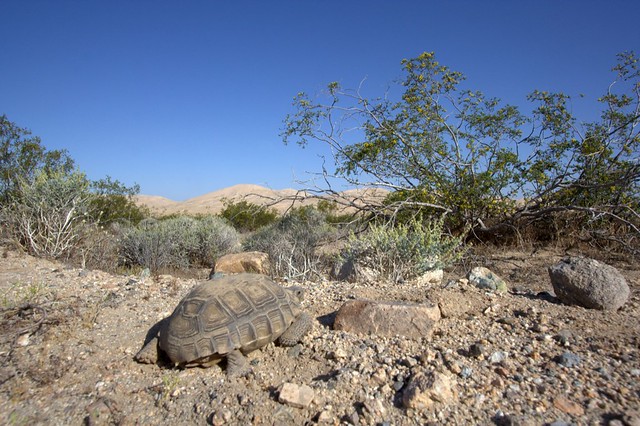
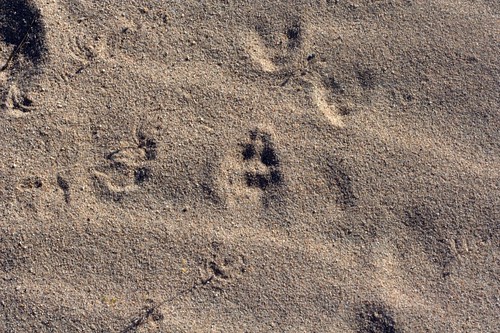
Beautious lizards. That was one productive trip.
ReplyDeleteGreat post! Thank you for sharing the photos, video links, and accompanying stories. You guys sure know how to eat when "roughing it"!
ReplyDeleteAll incredible finds, but that Cerastes is just cool as heck!
ReplyDeleteUpdated the repeat cerastes image. Whoops.
ReplyDeleteBay Laruel: I never claimed we were roughing it! The day in the Dunes was followed by two pints of Penny Ice Creamery ice-cream that we had packed on dry ice. (1) Sea-Salted Caramel and (2) Verve Coffee with almond praline. They were tasty! I think it is fair to say we eat better in the desert than we do at home. That corn was smothered in a lime juice, sour-cream, cilantro and cotija cheese mixture. Maybe next year I will take picture of all of our meals.
Codger: I have at least one more desert trip post left in me. We do pretty well on these trips.
Great, great herp shots. I need to find myself a Fringe-toed, not to mention a sidewinder.
ReplyDelete